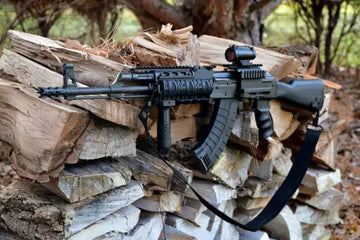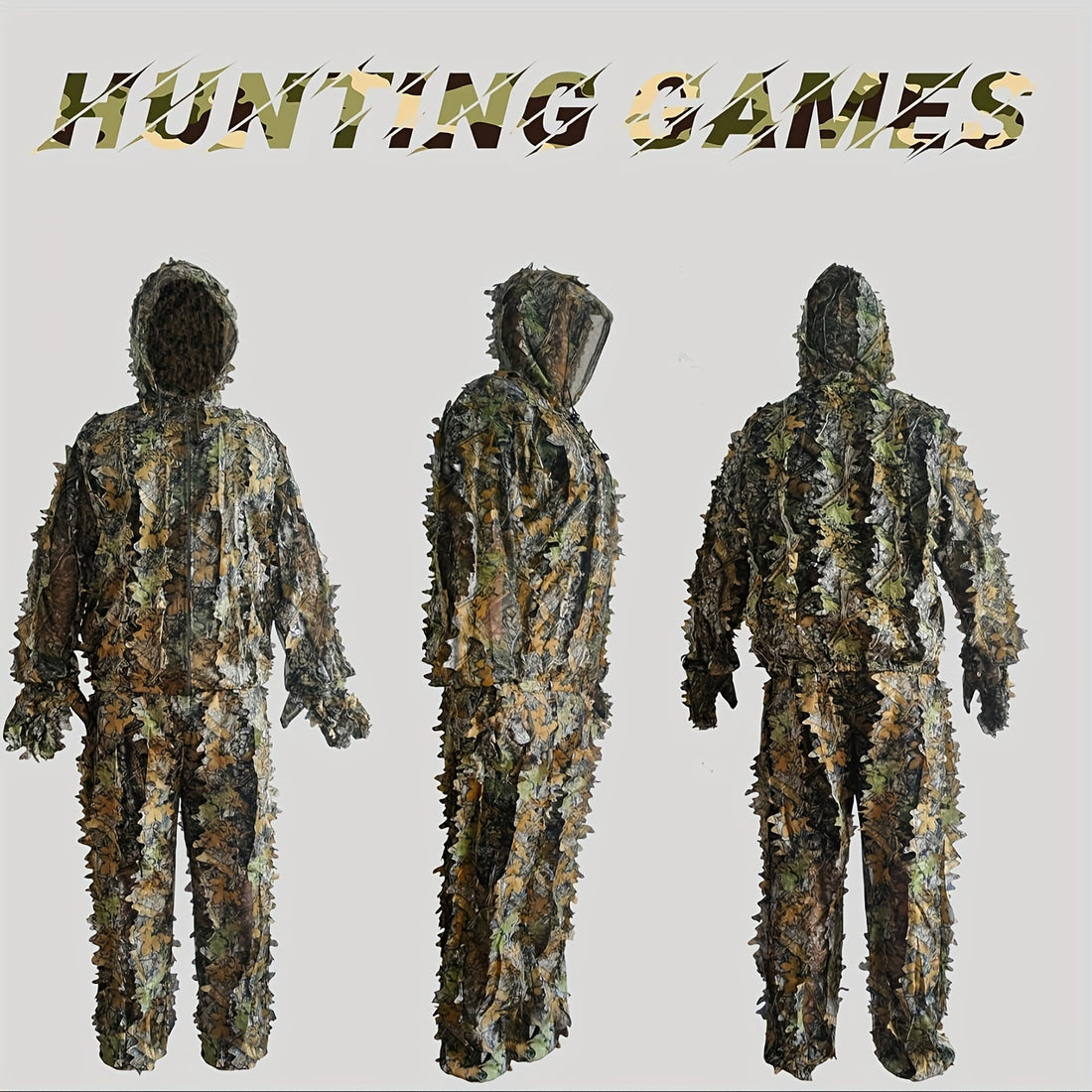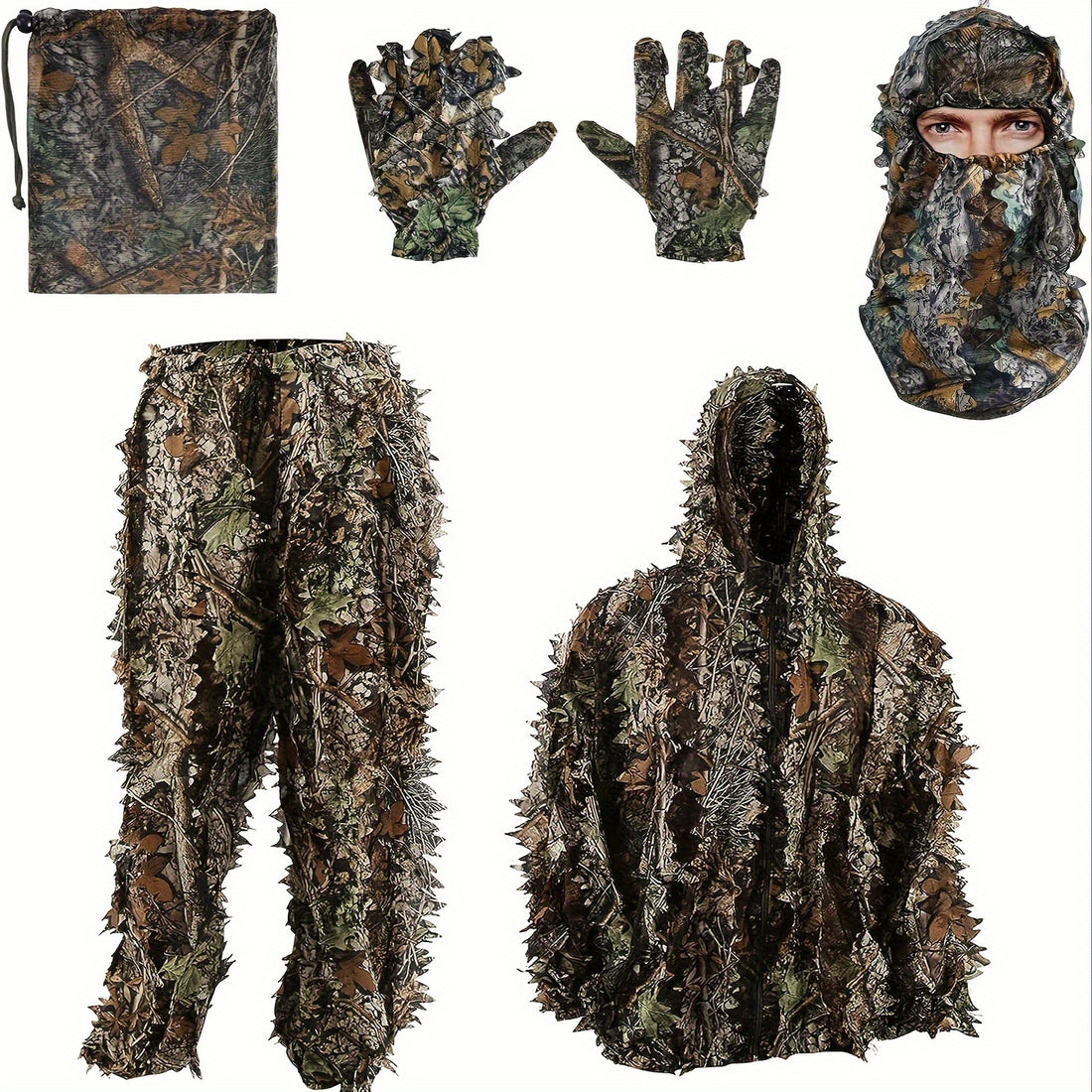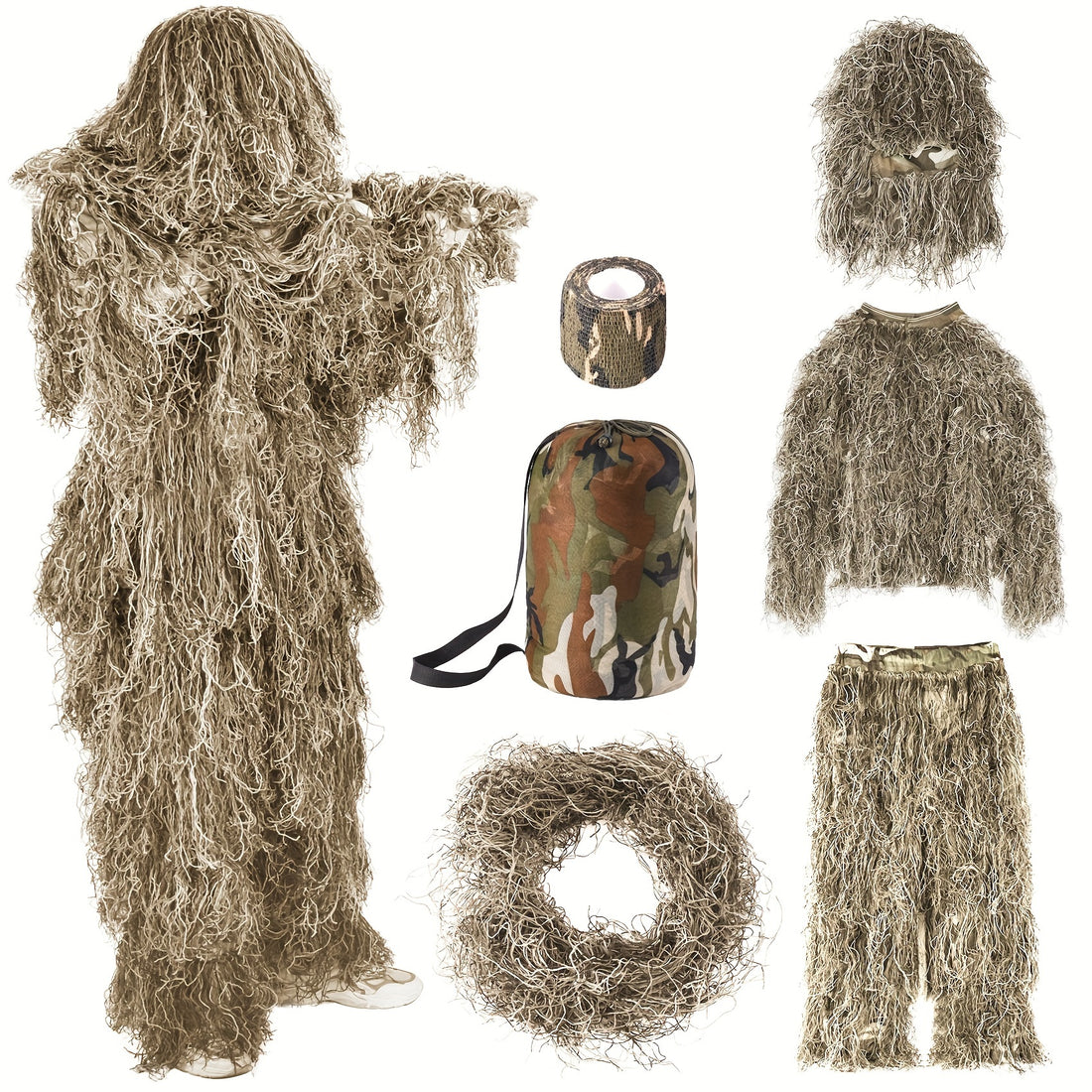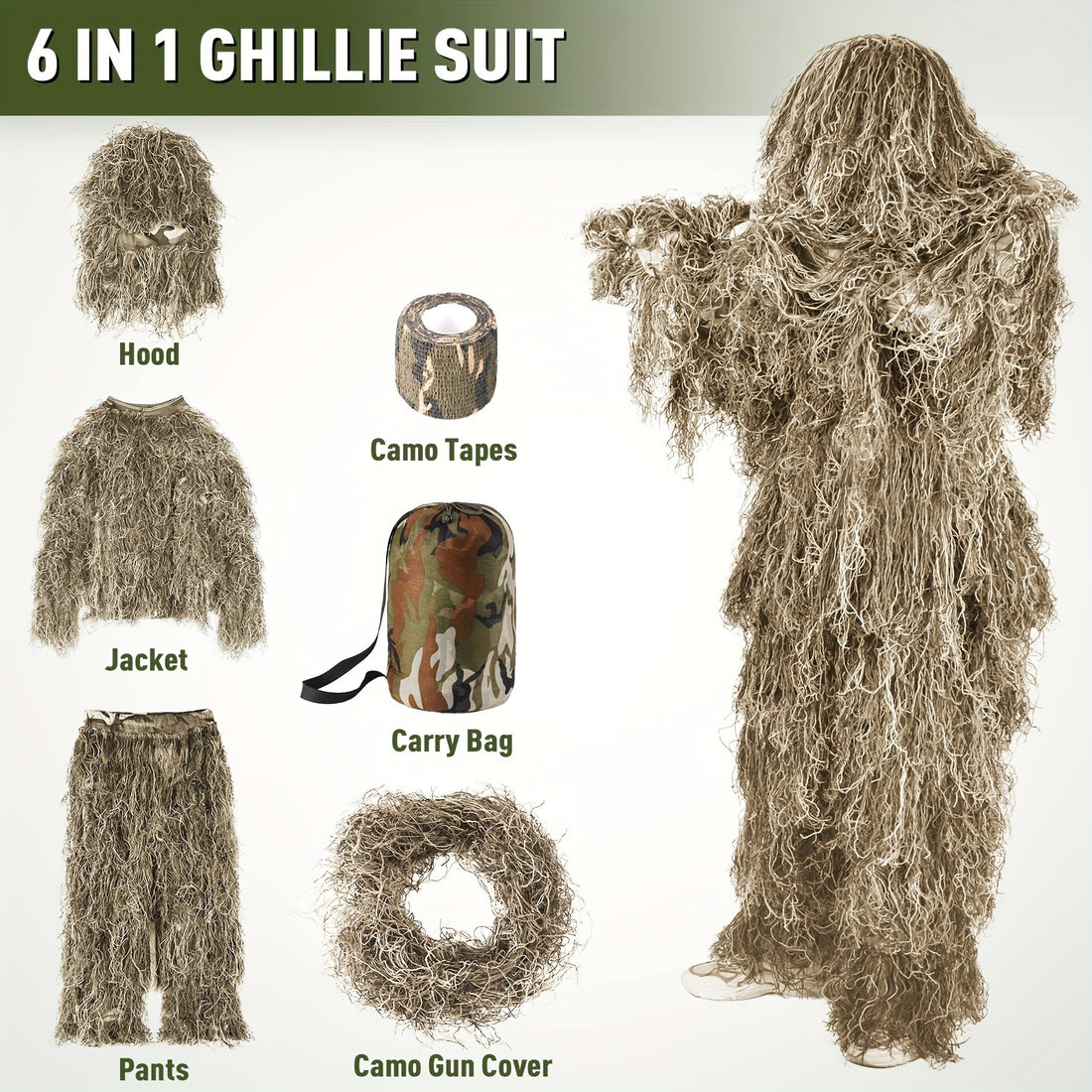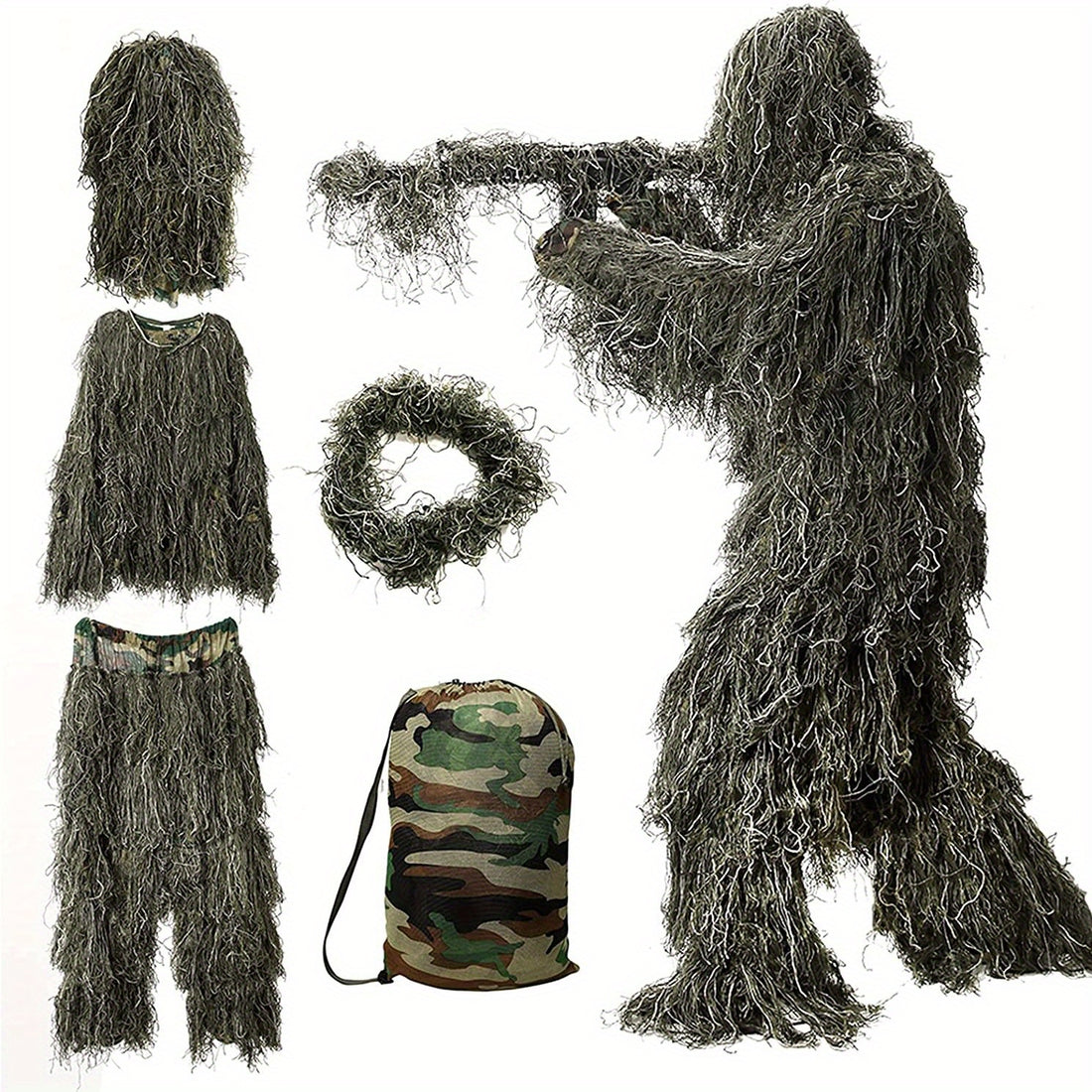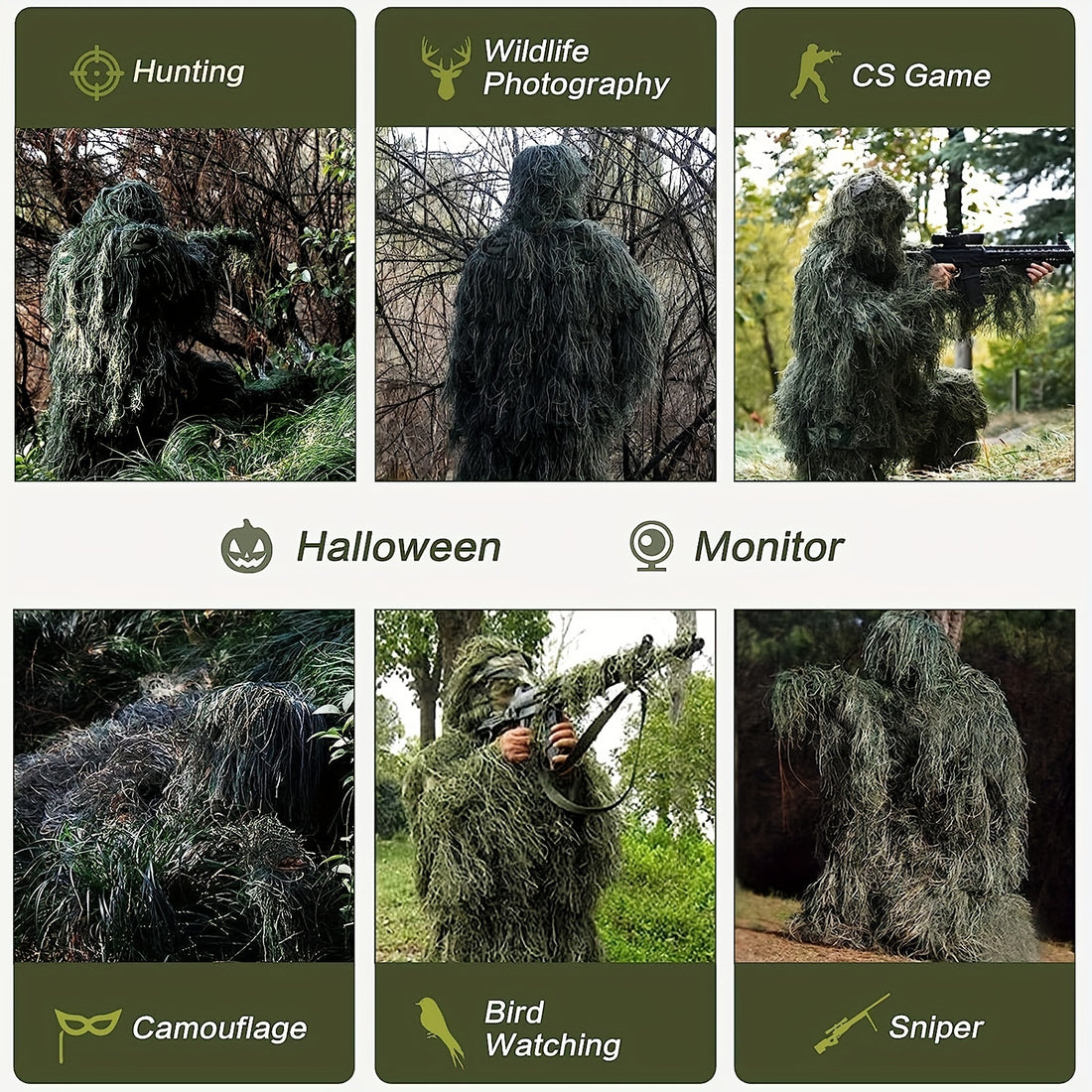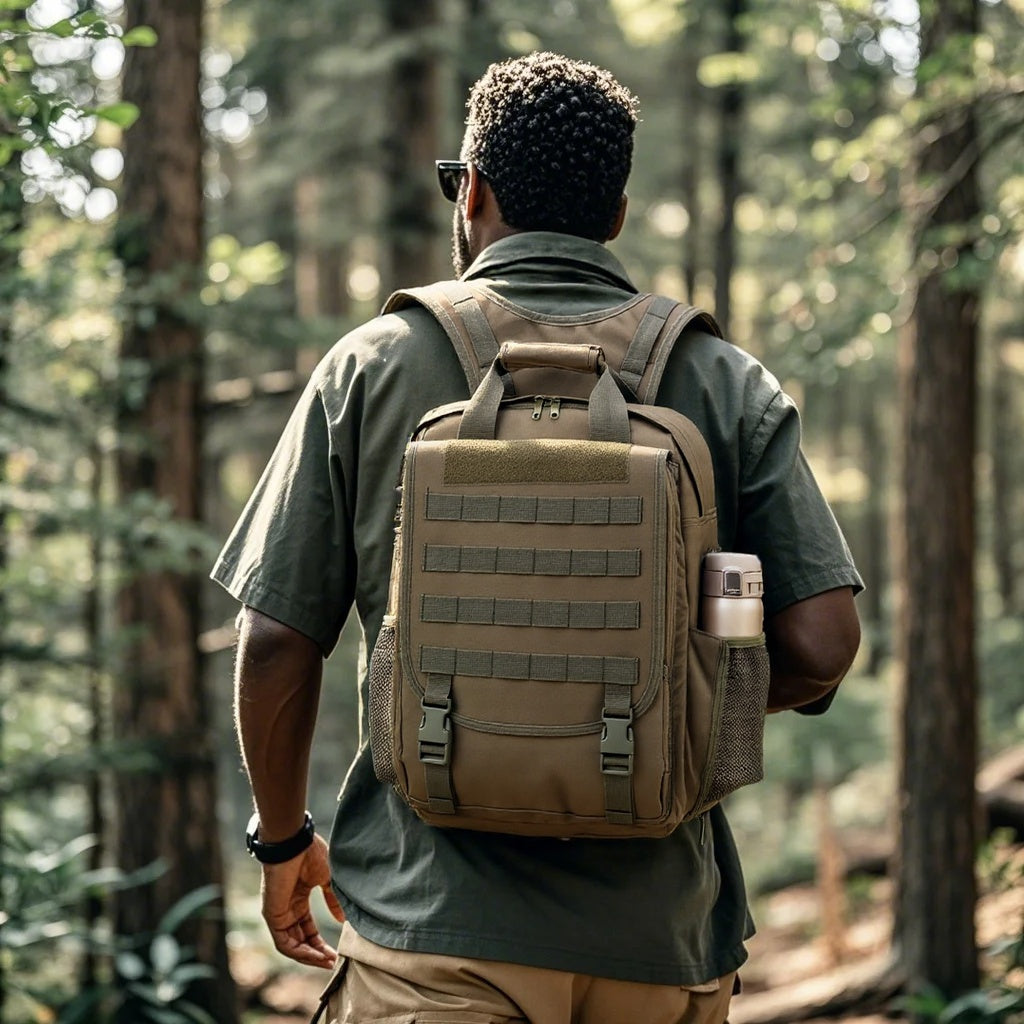Body armor has come a long way over the centuries. From ancient chainmail to modern bulletproof vests, the quest for better protection has never stopped.
One of the most significant advancements in recent times is the Improved Outer Tactical Vest (IOTV). This innovation has raised standards in personal protection. Let's explore how IOTV has advanced the field of body armor.
A Brief History of Body Armor
To understand the IOTV’s impact, it’s helpful to look at where body armor began. In ancient times, soldiers relied on metal armor, such as chainmail and plate armor. These offered decent protection but were heavy and hard to move in.
For instance, a full suit of plate armor could weigh up to 60 pounds, slowing soldiers down in battle.
As firearms became more prevalent, the need for better protection grew.
Fast forward to the 20th century, and we see the introduction of flak jackets during World War II.
While they offered better mobility, they were still far from perfect. Flak jackets were bulky and provided limited protection against modern ballistic threats. Learn more about early armor designs from the National Museum of American History.
Flak jacket parts, source: Wikimedia Commons
The Birth of Modern Body Armor
By the late 20th century, body armor took a big leap forward.
Kevlar, a high-strength synthetic fiber invented by DuPont, changed the game. You can read about Kevlar’s development on DuPont’s official page.
Bulletproof vests made with Kevlar were lighter and better at stopping bullets.
However, they still had limitations, especially against higher-caliber rounds and shrapnel.
Kevlar vests were primarily designed to stop handgun rounds, which meant they weren't fully reliable against rifle rounds or explosive fragments, leaving soldiers vulnerable in combat situations. This gap drove the push for more advanced solutions.
Enter the IOTV
In the early 2000s, the U.S. military introduced the IOTV. This was a breakthrough.
Replacing older designs like the Outer Tactical Vest, it brought better protection and comfort to soldiers. So, what makes it stand out?
Advanced Materials: The IOTV uses a combination of Kevlar and ceramic plates. This ensures that it can stop high-velocity projectiles (like rifle rounds) and shrapnel.
The integration of ceramic plates is crucial because they can absorb and spread out the energy of a bullet, preventing penetration and reducing blunt force trauma.
According to the U.S. Army, this makes it far more effective than Kevlar-only vests.
Modularity: Soldiers can customize the IOTV by adding or removing armor plates, pouches, or gear. This flexibility suits different missions, from patrols to urban combat.

source: Wikimedia Commons
Key Features of the IOTV
- Enhanced Protection: With ceramic plates covering vital areas like the chest and back, the IOTV defends against both ballistic threats and fragmentation. It’s built for modern warfare, where rifle rounds are common.
- Improved Comfort: Older vests were uncomfortable for long wear. The IOTV uses adjustable straps, padding, and moisture-wicking materials to keep soldiers cool and mobile. This reduces fatigue on long missions. Soldiers can move more freely and stay focused on their tasks without being distracted by an uncomfortable vest.
- Quick-Release System: In emergencies, every second counts. The IOTV has a quick-release system that allows soldiers to remove the vest rapidly.
This can be crucial in situations like vehicle rollovers or when treating injuries. The ability to quickly remove the vest can save valuable time and potentially lives.
This feature is especially important for medics and first responders who need to access wounds quickly.
- Versatility: Whether a soldier needs to carry extra ammunition, medical supplies, or communication devices, the IOTV can be configured to meet those needs.
The modular design also means that soldiers can reconfigure their loadout as mission requirements change, ensuring they are always prepared.
Real-World Impact
The introduction of the IOTV has had a big difference on military operations. Soldiers say it boosts their confidence and security while improving mobility.
In places like Afghanistan, where rugged terrain and unpredictable fights were common, the IOTV shone. Its protection and adaptability saved lives.
One notable example of the IOTV's effectiveness is its performance during patrols in urban environments.
Soldiers equipped with IOTVs have reported that the vest's modular design allows them to carry tools needed for close-quarters combat, such as breaching tools and extra magazines.
A 2010s study by the U.S. Department of Defense found that IOTV-equipped units had lower injury rates from shrapnel and small arms fire.
How It Compares Today
As of 2025, the IOTV remains a benchmark, but newer vests like the Soldier Plate Carrier System (SPCS) are gaining ground. The SPCS is lighter, while the IOTV offers more coverage. Your choice depends on the mission—protection vs. speed. Check the latest updates on Military.com.
Conclusion
The IOTV has advanced personal protection. Its mix of enhanced protection, comfort, and modularity outshines older body armor.
As technology evolves, we can expect even more upgrades in this field.
But for now, the IOTV remains a key piece of equipment for modern soldiers, providing the protection they need in the most demanding environments.
With its smart design and real-world effectiveness, the IOTV is a strong example of how far body armor has come—and where it’s headed.
Check out our plate carriers







